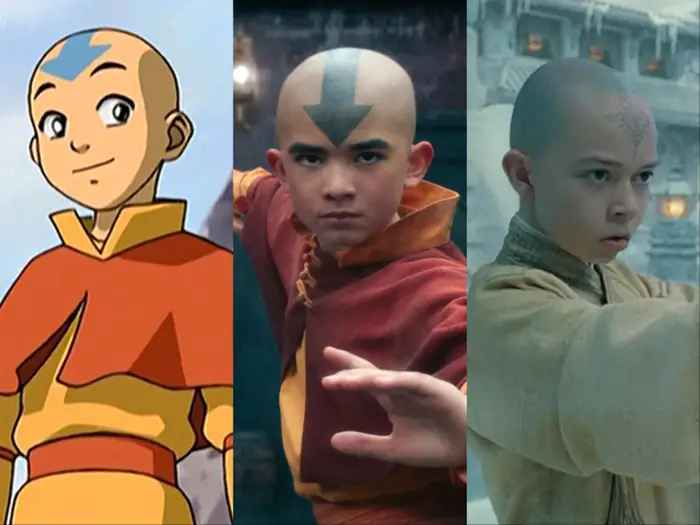Netflix’s recent release of its live-action adaptation of the beloved animated series “Avatar: The Last Airbender” has sparked widespread discussion and comparison with its source material. As fans eagerly awaited the adaptation, concerns arose following reports of the departure of the original creators, Michael Dante DiMartino and Bryan Konietzko, due to creative differences. The shadow of the 2010 M. Night Shyamalan live-action film adaptation, widely criticized for its departure from the original series, loomed large.
With the release of Netflix’s adaptation, viewers are scrutinizing the differences between the live-action version and the beloved animated series. While Netflix’s adaptation offers only eight episodes thus far, compared to the animated series’ 20-episode first season, there are notable disparities between the two iterations.
From character portrayals to storyline alterations, Netflix’s adaptation diverges significantly from its source material. While it’s impossible to catalog every difference, it’s essential to highlight some of the most prominent departures to understand the overall direction of the adaptation.
One of the most noticeable differences lies in the character portrayals. Netflix’s adaptation introduces new actors to portray iconic characters like Aang, Katara, and Sokka, leading to inevitable changes in character dynamics and development. Additionally, alterations in the storyline, pacing, and character motivations contribute to a distinct interpretation of the narrative.
Despite these disparities, Netflix’s adaptation also brings fresh perspectives and interpretations to the story, offering viewers an opportunity to engage with the beloved universe of “Avatar: The Last Airbender” in a new light. The adaptation’s success lies in its ability to honor the essence of the original series while exploring new creative avenues.
As fans continue to dissect and discuss Netflix’s adaptation, the debate over its fidelity to the source material will undoubtedly persist. However, whether one prefers the animated series or the live-action adaptation, both versions contribute to the enduring legacy of “Avatar: The Last Airbender” and its profound impact on popular culture.
